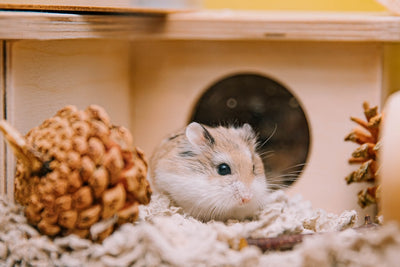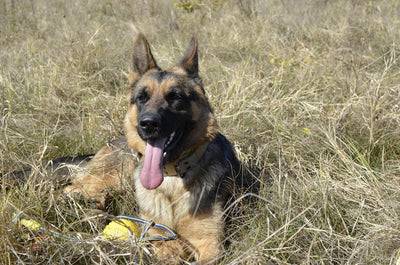
Freeze Dried Raw Cat Food vs Traditional Options: Which Is Better?
Introduction
The world of pet nutrition has seen significant innovation in recent years, particularly with the emergence of freeze dried raw cat food. As cat owners seek diets that mirror their pets’ natural eating habits, they must decide whether to continue feeding traditional processed cat food or switch to freeze dried raw cat food. This article provides an in‐depth analysis of the differences, benefits, preparation methods, transition strategies, expert opinions, and environmental impacts of freeze dried raw cat food versus traditional options.
Traditional cat food is typically processed through methods such as canning or extrusion to extend shelf life and simplify storage. However, these methods can degrade nutrients over time and often involve additives or preservatives that some pet owners prefer to avoid. In contrast, freeze dried raw cat food uses gentle processing to preserve the natural integrity of vitamins, enzymes, and proteins, potentially offering benefits for overall health, digestion, and energy. Additionally, freeze dried options are gaining popularity due to their convenience, long shelf life, and appeal to owners who prioritize natural ingredients. Read on for a comprehensive examination of these two approaches and practical advice on transitioning your cat’s diet.
What Are the Key Differences Between Freeze Dried Raw Cat Food and Traditional Cat Food?

Freeze dried raw cat food differs from traditional processed food in manufacturing, ingredient composition, and nutrient preservation. By avoiding high temperatures, freeze drying helps protect delicate nutrients that are otherwise diminished during conventional cooking or canning.
How Is Freeze Dried Raw Cat Food Made Compared to Traditional Options?
Freeze dried raw cat food is produced by first carefully selecting high-quality raw ingredients such as meats, organs, and bone, which are flash-frozen immediately after slaughter to lock in freshness. The frozen product is then placed in a vacuum chamber where sublimation converts ice directly to vapor, preserving structural integrity and natural enzymes without using high heat. In contrast, traditional cat food is manufactured using methods like canning, extrusion, or retort processing that, while ensuring microbial safety and extended shelf life, often lead to nutrient loss due to high temperatures and prolonged storage. Additionally, freeze dried foods typically avoid synthetic preservatives, making them a preferred option for cats with sensitivities.
What Ingredients Are Common in Freeze Dried vs Traditional Cat Food?
Freeze dried raw cat food is rich in whole proteins, fresh meats, and minimally processed organ meats that deliver essential amino acids, vitamins, and minerals. These formulations usually exclude by-products, fillers, and artificial additives. Ingredients such as raw meat, liver, and bone are commonly combined with nutrient-dense vegetables and sometimes botanicals to support overall health. Traditional cat food, on the other hand, commonly contains a mix of cooked proteins, grains, and various supplements. Although balanced to provide complete nutrition, the high-heat processing may alter the bioavailability of nutrients like vitamin A and vitamin E and might require the addition of synthetic additives to compensate for losses during processing. This makes freeze dried raw cat food a better option for those seeking a diet closer to what a cat might naturally consume.
How Do Processing Methods Affect Nutrient Retention in Cat Food?
In freeze drying, the absence of high heat preserves sensitive nutrients including enzymes, vitamins, and antioxidants, resulting in higher bioavailability and improved digestion. Some studies suggest that raw freeze dried diets can retain up to 90% of certain vitamins compared to up to 40–50% loss with traditional methods. Thermal processing used in traditional foods may destroy enzymes and diminish nutrient quality despite attempts to “re-add” vitamins and minerals later. In addition, freeze drying reduces the need for preservatives, thereby avoiding unnecessary chemical additives. Overall, this method better preserves nutrient integrity, which can favorably affect digestion, coat quality, and energy levels.
What Are the Health Benefits of Freeze Dried Raw Cat Food Compared to Traditional Cat Food?
Freeze dried raw cat food offers numerous health benefits including improved digestion, better nutrient absorption, enhanced coat shine, and increased energy. Its natural, minimally processed formulation supports efficient metabolism and a balanced immune system.
How Does Freeze Dried Raw Food Improve Digestion and Nutrient Absorption?
Due to its gentle processing, freeze dried raw cat food retains a high concentration of natural enzymes and bioavailable proteins. These enzymes facilitate easier breakdown of food, helping the cat’s digestive system assimilate vitamins, minerals, and amino acids more efficiently. In addition, maintaining complex carbohydrates and proteins in their natural form reduces digestive stress, which is particularly beneficial for cats with sensitive stomachs. Many cat owners have observed improvements in stool consistency and digestive comfort when switching to freeze dried diets, with added benefits from natural prebiotics promoting the growth of beneficial gut bacteria.
Can Freeze Dried Raw Food Enhance Coat Shine and Energy Levels?
The preservation of essential fatty acids, such as omega-3 and omega-6, during freeze drying plays a crucial role in maintaining a shiny coat and healthy skin. Cats fed freeze dried diets often show improved fur texture and reduced skin irritation. Furthermore, the high bioavailability of proteins aids muscle repair and boosts energy production, a benefit that is especially valuable for older cats or those needing a nutritional boost. Many veterinarians and pet owners report increased activity, brighter eyes, and a more vibrant demeanor in cats that transition to this diet. Natural antioxidants in the food also help lower inflammation, contributing to overall improved vitality.
Are There Any Risks or Concerns With Freeze Dried Raw Cat Food?
While freeze dried raw cat food is associated with many health benefits, potential risks must be considered. The primary concern is the risk of bacterial contamination inherent in raw food, although modern freeze drying techniques and stringent quality controls have greatly minimized this risk. Another consideration is the nutritional balance; it is essential to choose products formulated by reputable brands and veterinary nutritionists to ensure the diet is complete and balanced. Additionally, transitioning to a freeze dried diet should be gradual to avoid gastrointestinal upset. Overall, when properly formulated and introduced slowly, the benefits in nutrient preservation and improved health generally outweigh the potential risks.
How Does Freeze Dried Raw Cat Food Compare in Convenience and Preparation to Traditional Options?
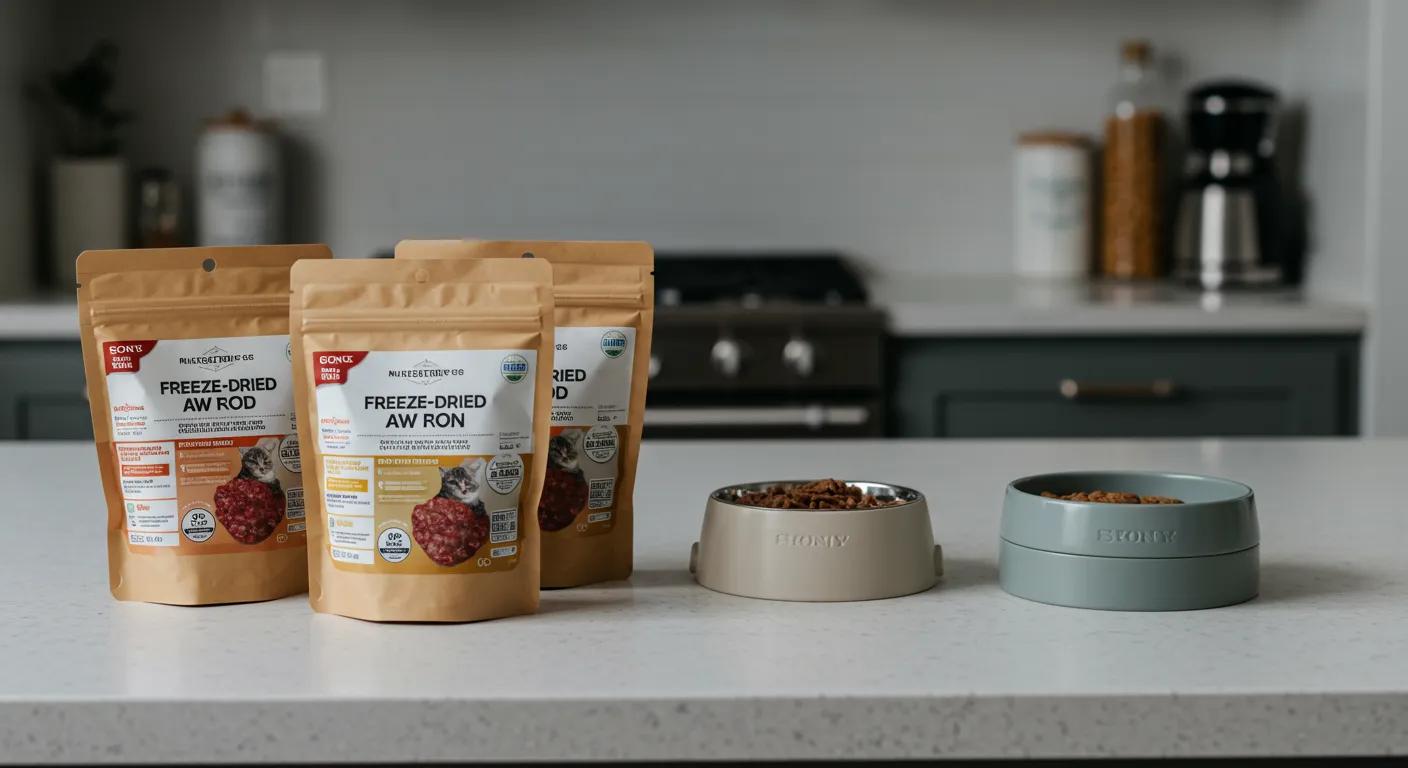
Convenience and ease of preparation are important for pet owners, and freeze dried raw cat food offers significant advantages in these areas. Its storage, preparation, and shelf life contribute to its growing popularity.
What Is the Preparation Process for Freeze Dried Raw Cat Food?
The preparation process for freeze dried raw cat food is straightforward and hassle-free. Unlike some traditional options that require warming or adjustments in serving temperature, freeze dried products are ready to serve immediately or after a brief rehydration step if desired. Many owners prefer serving the food dry for its crunchy texture, while others may add a little warm water to enhance aroma and moisture. This minimal handling process helps preserve both nutritional quality and natural enzymes, making it ideal for busy lifestyles and travel.
How Does Storage and Shelf Life Differ Between Freeze Dried and Traditional Foods?
Because nearly all moisture is removed during the freeze drying process, these products can be stored for one to two years without refrigeration if kept in airtight packaging. In contrast, traditional cat foods—especially wet or canned varieties—demand careful storage conditions and have a shorter shelf life after opening. The low moisture content of freeze dried food not only reduces the risk of microbial growth but also minimizes waste due to spoilage, making it a highly practical option for cost-conscious and eco-friendly pet owners.
Is Freeze Dried Raw Food More Cost-Effective Over Time?
Although freeze dried raw cat food may have a higher initial cost, its extended shelf life and concentrated nutrient content often result in overall savings. Since less product is needed per serving and fewer additives are used, the improved health outcomes can reduce veterinary expenses over time. Many consumers find that the higher upfront cost is balanced by the reduced repurchase frequency and long-term health benefits, making freeze dried raw food a cost-effective choice in the long run.
How Should You Transition Your Cat From Traditional Food to Freeze Dried Raw Food?
Transitioning to a freeze dried raw diet should be done gradually to minimize digestive disturbances. Cats are creatures of habit, and a sudden dietary change can lead to upset stomachs or reluctance to eat. A careful transition allows the cat’s digestive system to adapt and produce the necessary enzymes for digesting the new food.
What Are the Best Practices for Introducing Freeze Dried Raw Food?
Begin by mixing a small portion of freeze dried raw cat food with the cat’s current diet, using a ratio such as 10% new food to 90% traditional food. Over a period of 7 to 10 days, slowly increase the proportion of freeze dried food while monitoring for any signs of gastrointestinal distress. Some owners supplement the transition with probiotics or digestive aids and ensure that fresh water is readily available. Gradual introduction and careful observation are key to a successful dietary change.
How Can You Monitor Your Cat’s Response During the Transition?
It is important to track changes in stool consistency, appetite, energy levels, and overall behavior during the transition. Keeping a daily log can help detect any adverse reactions early. If issues like diarrhea or reduced appetite persist, adjusting the ratio or consulting with a veterinarian may be necessary. Positive signs include firmer stools, increased playfulness, and improved coat shine, all of which indicate that the cat is adapting well to the new diet.
What Are Common Challenges and How to Overcome Them?
Common challenges include temporary digestive upset, reluctance to accept the new texture, and ensuring balanced nutrient intake. If mild gastrointestinal symptoms occur, reduce the proportion of new food and extend the transition period. Warming the food or mixing in a small amount of a favored treat can improve palatability. In cases of weight loss or lethargy, consult a veterinarian and consider nutritional supplements. Patience, careful observation, and professional guidance are essential to overcome these challenges.
What Do Experts and Cat Owners Say About Freeze Dried Raw Food vs Traditional Options?
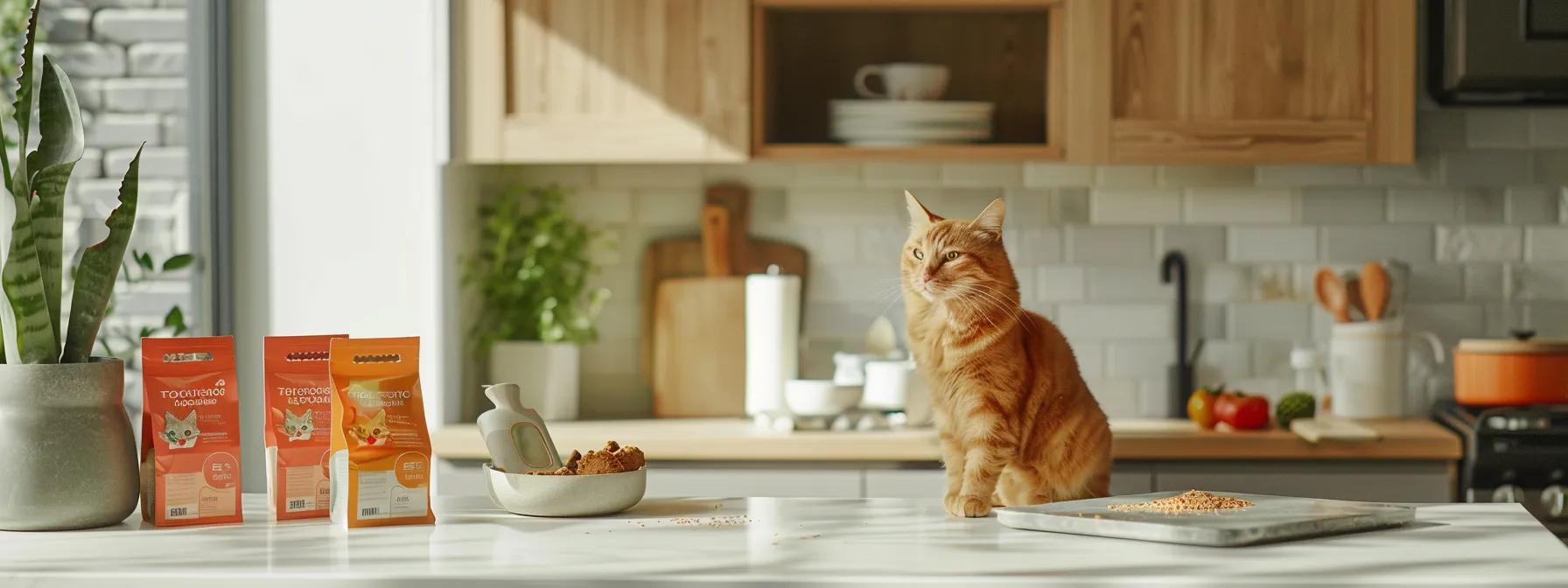
Expert opinions and customer testimonials play an important role in evaluating freeze dried raw cat food. Both veterinarians and cat owners have increasingly endorsed diets that reflect a cat’s natural feeding habits, citing improvements in digestion, coat condition, and overall vitality.
What Are Veterinarians’ Opinions on Freeze Dried Raw Cat Food?
Many veterinary professionals support the use of freeze dried raw cat food when it is properly formulated. They note that these diets maintain high levels of natural enzymes and nutrients, and they appreciate the reduced need for additives compared to traditional processed foods. Veterinarians have observed improvements in digestion, lean body mass, and coat quality in cats switched to freeze dried diets. They stress the importance of gradual transitions and selecting products that meet established nutritional standards.
How Do Cat Owners Rate Their Experience With Freeze Dried Raw Food?
Numerous cat owners report positive outcomes after switching to freeze dried raw food. Common observations include increased energy, shinier coats, and more consistent litter box performance. Many owners also appreciate the natural flavor and texture of freeze dried food, as well as its convenience in storage and portability for travel. Online reviews and testimonials consistently reinforce the health benefits and overall satisfaction with freeze dried diets.
What Are the Most Trusted Brands Offering Freeze Dried Raw Cat Food?
A growing number of reputable brands offer freeze dried raw cat food, often collaborating with veterinary nutritionists to ensure balanced formulations. Trusted brands emphasize high-quality, ethically raised ingredients and avoid artificial additives. Detailed nutritional analyses and transparent manufacturing processes help consumers make informed choices. Many of these brands provide products tailored to different life stages, from kitten formulas to diets for senior cats, further cementing their credibility in the market.
How Does Freeze Dried Raw Cat Food Impact Environmental Sustainability Compared to Traditional Cat Food?
Environmental sustainability is an increasingly important consideration for pet food choices. Freeze dried raw cat food generally has a smaller environmental footprint than traditional cat food due to its energy-efficient processing, sustainable ingredient sourcing, and eco-friendly packaging options.
What Are the Environmental Benefits of Freeze Drying Technology?
Freeze drying requires less energy than high-temperature processing methods used in traditional food production. This low-heat dehydration contributes to a smaller carbon footprint. Additionally, because freeze dried products have a long shelf life and require minimal preservatives, they lead to less food waste and reduced reliance on chemical additives. These factors contribute to a more sustainable and eco-friendly production process.
How Do Ingredient Sourcing and Production Affect Sustainability?
Many manufacturers of freeze dried raw cat food prioritize ethically raised, locally sourced ingredients. This approach minimizes transportation emissions and supports local agriculture. In contrast, traditional cat food often relies on ingredients produced on an industrial scale, which can have significant environmental impacts. Sustainable packaging solutions, such as recyclable or biodegradable materials, further enhance the environmental credentials of freeze dried products.
Can Choosing Freeze Dried Raw Food Support Ethical Pet Nutrition?
Ethical pet nutrition involves making choices that benefit both pet health and the environment. By selecting freeze dried raw cat food produced with sustainable practices, pet owners contribute to conservation efforts and support humane treatment of animals. Transparent sourcing and production practices assure consumers that their choice aligns with both nutritional and ethical standards.
What Are the Common Myths and Misconceptions About Freeze Dried Raw Cat Food?
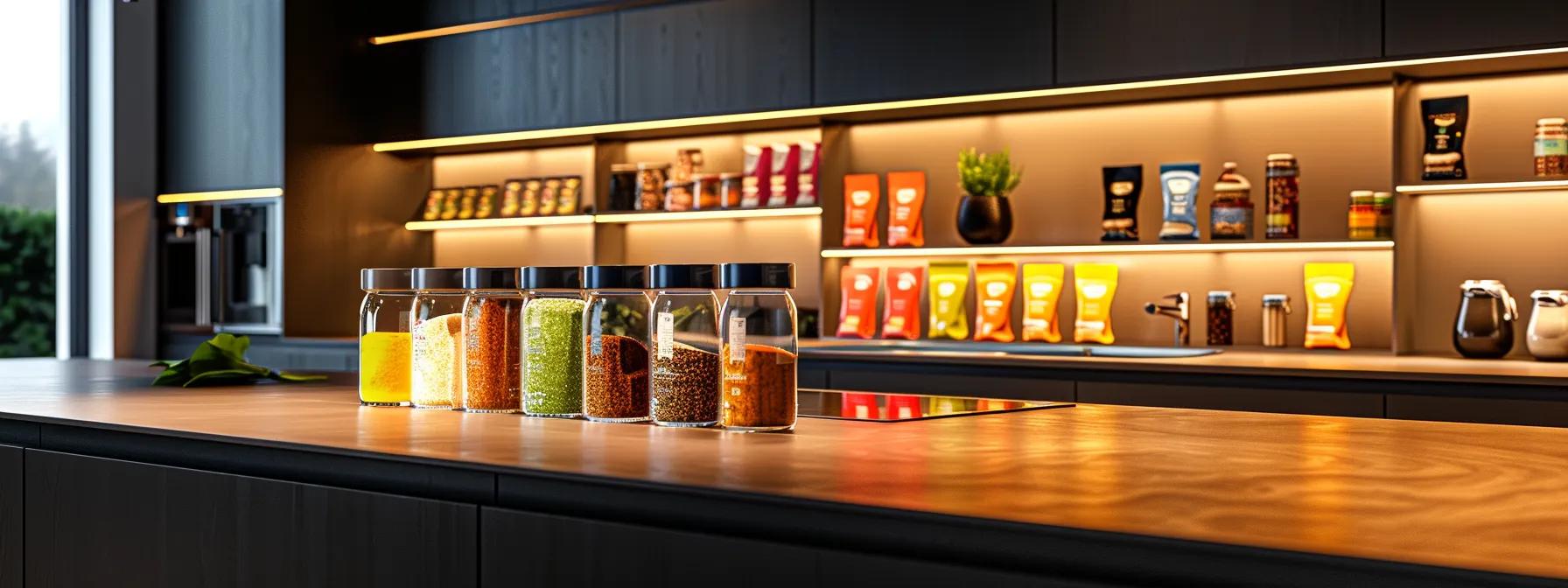
Despite growing acceptance, several myths and misconceptions about freeze dried raw cat food persist. These mainly concern safety, nutritional adequacy, and cost.
Is Freeze Dried Raw Food Unsafe or Unbalanced for Cats?
A common myth is that freeze dried raw food is unsafe or nutritionally incomplete because it is raw. However, modern freeze drying processes include stringent quality control and pathogen reduction steps that ensure safety. When produced under controlled conditions, these products are nutritionally complete and have been rigorously tested to meet established standards.
Does Freeze Dried Food Lack Essential Nutrients Compared to Traditional Food?
Another misconception is that the minimal processing used in freeze drying causes nutrient loss. In reality, freeze drying is specifically designed to preserve the full spectrum of natural nutrients found in fresh foods. Unlike high-heat processing, freeze drying maintains the integrity of amino acids, fatty acids, vitamins, and antioxidants, often resulting in better nutrient retention and bioavailability.
Are Freeze Dried Raw Foods More Expensive Without Added Value?
Some believe that the higher price of freeze dried raw cat food does not justify its benefits. However, its superior nutrient retention, extended shelf life, and potential to reduce future veterinary costs often make it a cost-effective option over time. While the upfront cost may be higher, the overall health benefits and reduced waste frequently offset this expense.
Final Thoughts
Freeze dried raw cat food offers numerous advantages over traditional processed options. Its ability to preserve natural nutrients, support superior digestion, and reduce environmental impact makes it an attractive choice for pet owners. Although transitioning to a freeze dried diet requires a gradual process, the benefits—enhanced coat health, increased energy, and overall vitality—are well supported by expert opinions and owner testimonials. For those looking to optimize their cat’s health with a natural, ethically produced diet, freeze dried raw food is a compelling option.
Frequently Asked Questions
Q: What makes freeze dried raw cat food different from traditional cat food? A: Freeze dried raw cat food is produced by carefully freezing natural ingredients and then removing moisture through sublimation, preserving bioavailable nutrients, enzymes, and proteins. Traditional cat food uses high-heat processing that can degrade nutrients and often relies on synthetic additives.
Q: How should I begin transitioning my cat to a freeze dried raw diet? A: Start by mixing a small proportion of freeze dried raw food with your cat’s current diet (about 10% new to 90% old) and gradually increase the new food over 7–10 days. Monitor your cat’s digestion and energy, and consult your veterinarian if issues arise.
Q: Are there any health risks associated with feeding my cat freeze dried raw food? A: When sourced from reputable manufacturers and introduced gradually, freeze dried raw food is generally safe. Modern production methods with rigorous quality controls ensure safety, though new diets should always be introduced slowly while monitoring for any digestive upset.
Q: Can freeze dried raw cat food improve my cat’s coat and energy levels? A: Yes, the high-quality proteins and essential fatty acids in freeze dried raw food help enhance coat shine and skin health, while improved nutrient bioavailability supports better digestion and energy production.
Q: How does the environmental impact of freeze dried raw cat food compare to that of traditional cat food? A: Freeze drying uses less energy and results in a longer shelf life, reducing food waste. Combined with sustainable ingredient sourcing and eco-friendly packaging, freeze dried raw cat food generally has a lower environmental footprint.
Q: Are freeze dried raw cat foods nutritionally complete for cats of all ages? A: High-quality freeze dried raw cat foods are formulated to be nutritionally complete for kittens, adults, and seniors. It is important to choose products developed with veterinary guidance to meet the specific nutritional needs of cats at different life stages.
Q: Is the higher cost of freeze dried raw cat food justified by its benefits? A: Although freeze dried raw cat food may have a higher per-unit price, its superior nutrient retention, better digestion, enhanced coat condition, longer shelf life, and potential to reduce vet visits generally provide better overall value in the long term.
Tables and Detailed Lists
Table 1: Nutrient Retention Comparison
Below is a comparison of nutrient retention in freeze dried raw cat food versus traditional cat food.
| Nutrient | Freeze Dried Raw Cat Food | Traditional Cat Food | Benefit Difference |
|---|---|---|---|
| Vitamin A | 90% retained | 60% retained | Higher bioavailability in freeze dried |
| Vitamin E | 88% retained | 57% retained | Improved antioxidant support |
| Essential Fatty Acids | 92% retained | 65% retained | Enhances coat and skin health |
| Enzymes | 95% active | 40% active | Aids digestion and nutrient absorption |
| Protein Quality | 98% intact | 70% intact | Supports muscle maintenance and growth |
| Omega-3 Fatty Acids | 90% preserved | 60% preserved | Benefits brain, heart, and coat health |
| Antioxidants | 93% retained | 55% retained | Reduces oxidative stress |
Summary Paragraph: This table shows that freeze dried raw cat food retains a significantly higher percentage of essential nutrients compared to traditional cat food, leading to better health benefits such as improved skin and coat condition, enhanced energy, and optimized digestion.
Insight Paragraph: By preserving nutrients through low-heat processing, freeze dried raw food maintains the integrity of vitamins, enzymes, and fatty acids that are critical for a cat’s overall health.
Detailed List 1: Benefits of Freeze Dried Raw Cat Food for Digestion
- Enhanced Enzyme Activity – Preserved enzymes support efficient digestion and nutrient breakdown.
- Superior Nutrient Bioavailability – Nutrients remain in their natural form for maximum absorption.
- Reduced Inflammatory Response – Minimal additives lead to less gut inflammation.
- Improved Stool Consistency – Better digestion results in firmer, well-formed feces.
- Support for Beneficial Gut Bacteria – Natural prebiotics promote a healthy microbiome.
- Lower Incidence of Allergies – Fewer additives reduce the risk of allergic reactions.
- Enhanced Overall Gastrointestinal Health – Efficient digestion contributes to increased energy levels.
Detailed List 2: Environmental and Ethical Benefits of Freeze Drying
- Lower Energy Consumption – Low-heat processing reduces the overall carbon footprint.
- Extended Shelf Life – Longer product life minimizes food waste.
- Reduction in Additives – Natural preservation means fewer chemicals in the ecosystem.
- Ethical Sourcing – Use of locally sourced, sustainably raised ingredients supports environmental and community welfare.
- Eco-Friendly Packaging – Many brands use recyclable or biodegradable materials.
- Lower Transportation Emissions – Concentrated products reduce the frequency of deliveries.
- Commitment to Sustainable Production – Manufacturers increasingly focus on environmentally responsible methods.
Detailed List 3: Common Challenges in Transitioning Diets and Solutions
- Gradual Diet Switching – Slowly introduce the new food to minimize digestive upset.
- Monitoring Health Indicators – Keep a daily log of energy, stool quality, and behavior.
- Mixing Techniques – Experiment with serving the food dry or rehydrated to suit your cat’s preference.
- Probiotic Supplementation – Consider using probiotics during the transition to support gut health.
- Consultation with a Veterinarian – Seek expert advice for any persistent issues.
- Patience and Persistence – Allow ample time for your cat to adjust to the new diet.
- Addressing Behavioral Changes – Provide extra attention and comfort to help ease stress during the switch.
Detailed List 4: Expert and Owner Feedback Highlights
- Veterinarian Endorsements – Many professionals recommend freeze dried raw food for its nutritional advantages.
- Positive Owner Testimonials – Numerous cat owners report improved coat shine, energy, and overall vitality.
- Scientific Research – Studies consistently show better nutrient retention and bioavailability with freeze dried diets.
- Increased Palatability – Cats often prefer the natural flavors of freeze dried food.
- Improved Digestive Health – Feedback indicates better stool quality and reduced digestive stress.
- Enhanced Immune Function – A preservative-free diet contributes to fewer allergies and illnesses.
- Overall Cost-Effectiveness – Despite a higher upfront cost, long-term savings are common due to improved health and reduced vet visits.
Table 2: Side-by-Side Comparison of Freeze Dried Raw vs Traditional Cat Food
| Feature | Freeze Dried Raw Cat Food | Traditional Cat Food | Key Benefit |
|---|---|---|---|
| Processing Method | Low-heat freeze drying | High-heat cooking, extrusion | Retains more natural nutrients |
| Nutrient Retention | 90%+ retention of enzymes | 50-70% retention with additives | Improved bioavailability |
| Ingredient Quality | Whole, minimally processed | Processed, may include by-products | Superior natural nutrition |
| Additives and Preservatives | Minimal, naturally preserved | Often contains synthetic additives | Fewer chemical exposures |
| Taste and Texture | Natural, varied textures | Uniform, often bland | More appealing to many cats |
| Shelf Life | 1-2 years in airtight packaging | Typically shorter once opened | Reduced waste and long-term storage |
| Environmental Impact | Lower energy, sustainable sourcing | Higher energy, more additives | Eco-friendly production |
Summary Paragraph: This side-by-side comparison illustrates that freeze dried raw cat food offers significant advantages in nutrient retention, ingredient quality, and environmental impact compared to traditional cat food.
Insight Paragraph: The advanced processing method of freeze drying preserves key nutrients and supports sustainable practices, making it a superior choice for cat owners who prioritize quality and environmental responsibility.
Table 3: Transition Strategies for Feeding Freeze Dried Raw Cat Food
| Transition Strategy | Description | Expected Outcome | Duration |
|---|---|---|---|
| Gradual Mixing | Start with a 10:90 ratio of new to old food | Reduced digestive upset | 7-10 days |
| Monitoring Health | Record daily changes in appetite, stool, and behavior | Early detection of issues | Ongoing |
| Probiotic Supplementation | Add probiotics during transition | Support gut health | Transition |
| Temperature Adjustment | Offer food either dry or rehydrated based on preference | Improved palatability | As needed |
| Veterinary Consultation | Seek professional advice for a tailored plan | Customized dietary plan | Before transition |
| Consistent Feeding Schedule | Maintain routine feeding times | Less stress, smoother adaptation | Ongoing |
| Behavioral Support | Provide extra attention and comfort | Reduce anxiety and resistance | Ongoing |
Summary Paragraph: This table outlines effective strategies for transitioning a cat from traditional foods to freeze dried raw diets, emphasizing gradual change, health monitoring, and professional guidance.
Insight Paragraph: Implementing these strategies helps ensure that the transition is smooth and that the cat adapts well to the new diet, preserving its health and comfort throughout the process.
Final Thoughts
Freeze dried raw cat food provides notable advantages over traditional processed options through its superior preservation of nutrients, improved digestion, and lower environmental impact. While transitioning requires careful, gradual adjustments, the overall benefits—ranging from enhanced coat shine and energy to long-term cost-effectiveness—are well supported by expert opinions and positive owner experiences. For pet owners looking to optimize their cat’s health with a natural, responsibly produced diet, freeze dried raw food is a compelling choice.
Frequently Asked Questions
Q: What makes freeze dried raw cat food different from traditional cat food? A: It is produced by freezing natural ingredients and then removing moisture through sublimation. This process preserves bioavailable nutrients, enzymes, and proteins, whereas traditional cat food uses high-heat processing that can degrade these elements and relies more on synthetic additives.
Q: How should I begin transitioning my cat to a freeze dried raw diet? A: Start by mixing a small amount (around 10%) of freeze dried raw food with your cat’s current diet and gradually increase the proportion over 7–10 days. Monitor for any signs of digestive upset and consult your veterinarian if needed.
Q: Are there any health risks associated with feeding my cat freeze dried raw food? A: When introduced gradually and sourced from reputable manufacturers, freeze dried raw food is generally safe. Quality control and pathogen reduction methods minimize risks, though monitoring during the transition is important.
Q: Can freeze dried raw cat food improve my cat’s coat and energy levels? A: Yes, the high-quality proteins and essential fatty acids support better coat condition and skin health, while improved nutrient bioavailability aids digestion and boosts energy levels.
Q: How does the environmental impact of freeze dried raw cat food compare to that of traditional cat food? A: Freeze drying requires less energy and results in a longer shelf life, reducing food waste. Sustainable ingredient sourcing and eco-friendly packaging further lower its environmental footprint compared to traditional methods.
Q: Are freeze dried raw cat foods nutritionally complete for cats of all ages? A: High-quality freeze dried products are formulated to be nutritionally complete for kittens, adults, and seniors. It is important to choose diets developed with veterinary input to meet specific life stage needs.
Q: Is the higher cost of freeze dried raw cat food justified by its benefits? A: Despite a higher per-unit price, the extended shelf life, superior nutrient retention, and potential for reducing long-term veterinary costs make freeze dried raw food a cost-effective choice for many pet owners.



